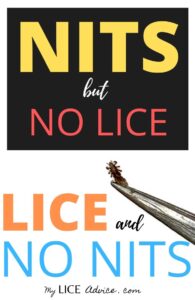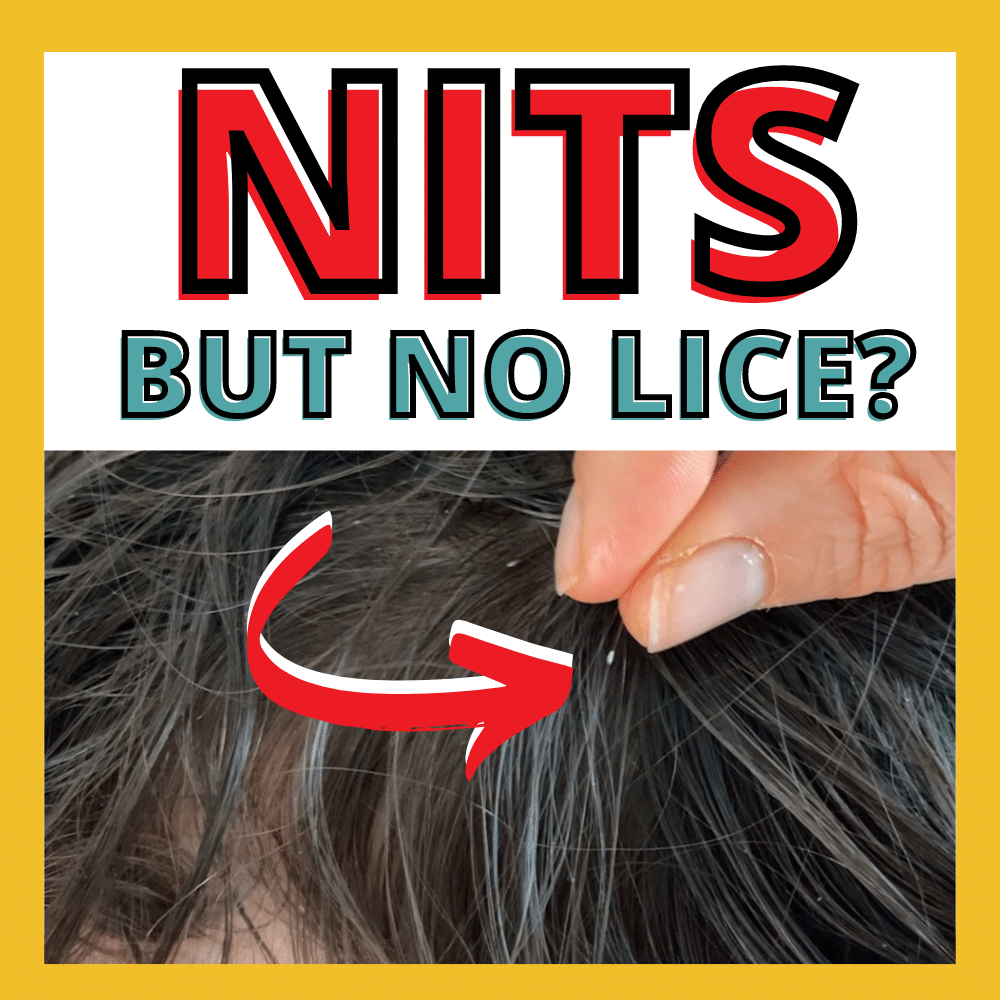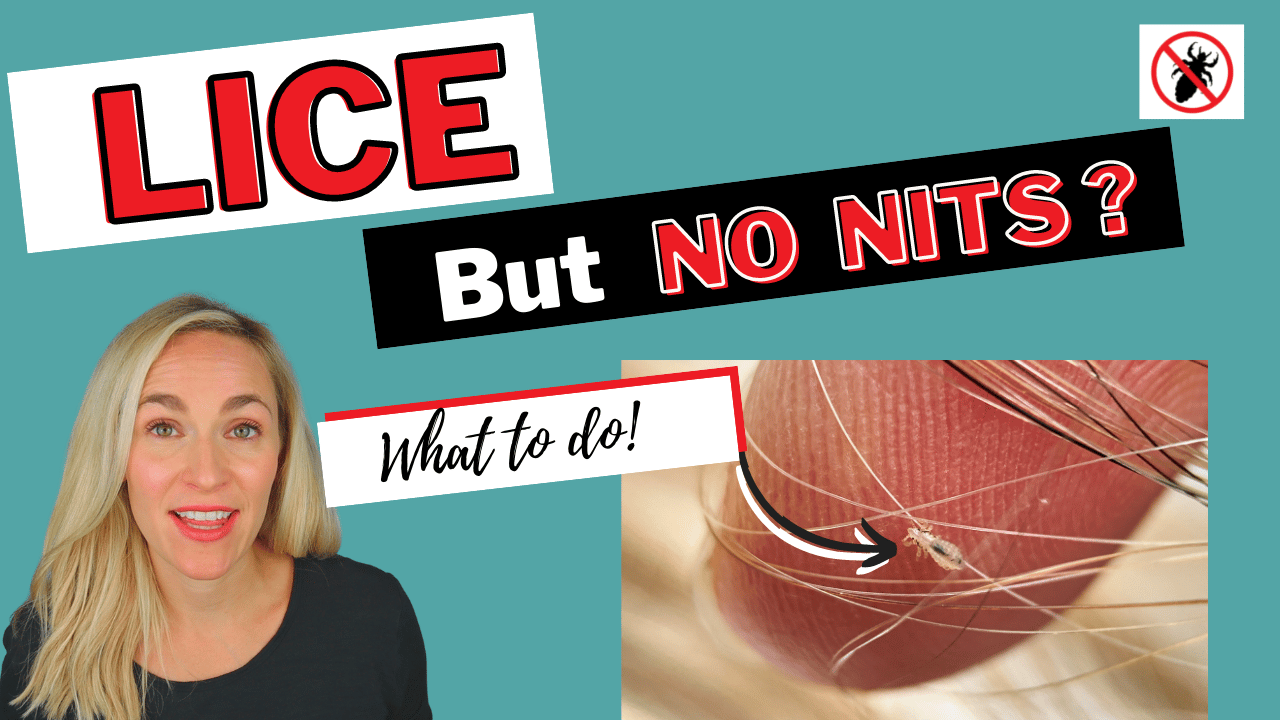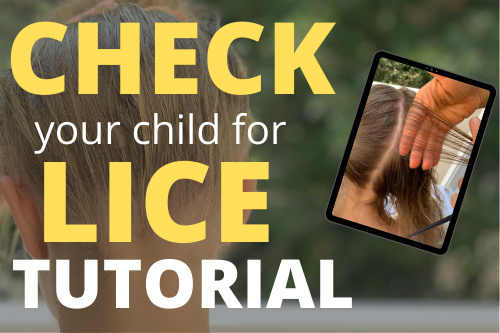Nits But No Lice & Lice But No Nits
Question:
Can I have nits in my hair, but not have lice?
What about the opposite- I found lice in my hair, why don't I have any nits?
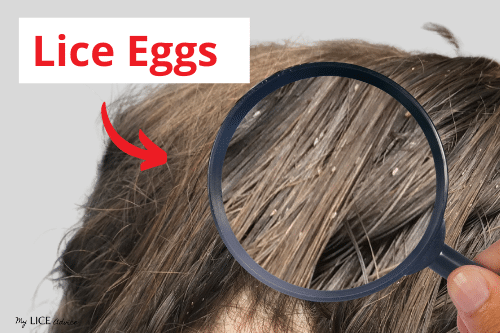
Answer from a Lice Expert:
These are two questions I come across frequently. Some people find lice in their hair, but don't find any nits. While others find only nits in their hair, but don't find any lice bugs. Is this possible?
Yes. While having head lice usually includes having both lice BUGS and lice EGGS (also known as nits), it is possible to have one without the other. In this article, I explain how this can happen and what to do for treatment if you discover one without the other.
Lice eggs and nits are the same thing.
To start off let's get something straight... Nits and lice eggs are the same thing! Don't make this more complicated than it needs to be. The two words (nits and lice eggs) will be used interchangeably in this article.
Which problem do you have?
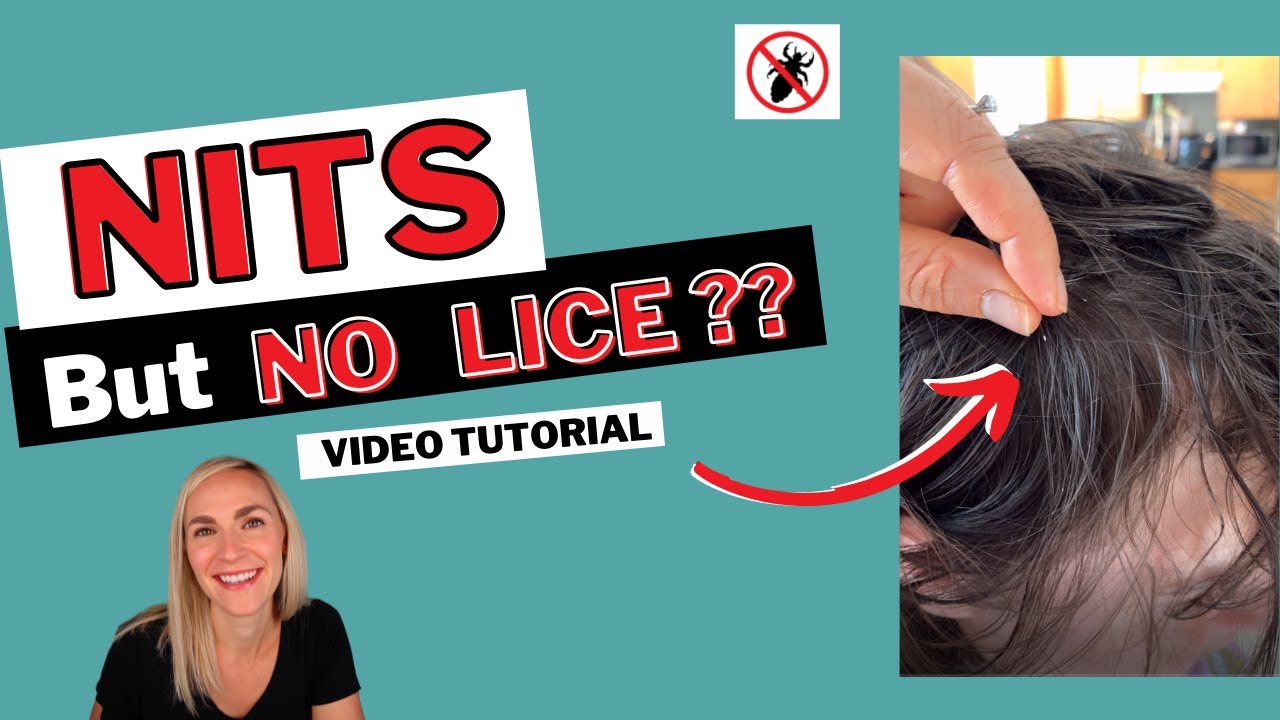
Let me introduce myself...
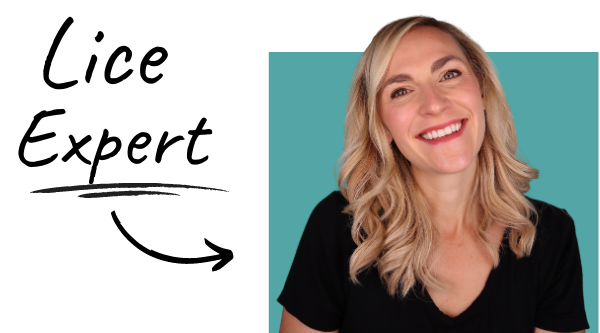
Hi there! I'm Theresa, I'm a lice expert, lice coach, and Registered Nurse. I help people with lice every day! You can get rid of lice in ONE DAY at home by using the same proven professional technique that I use in my lice center.
Just follow the step-by-step videos and be done with lice by the end of the day.
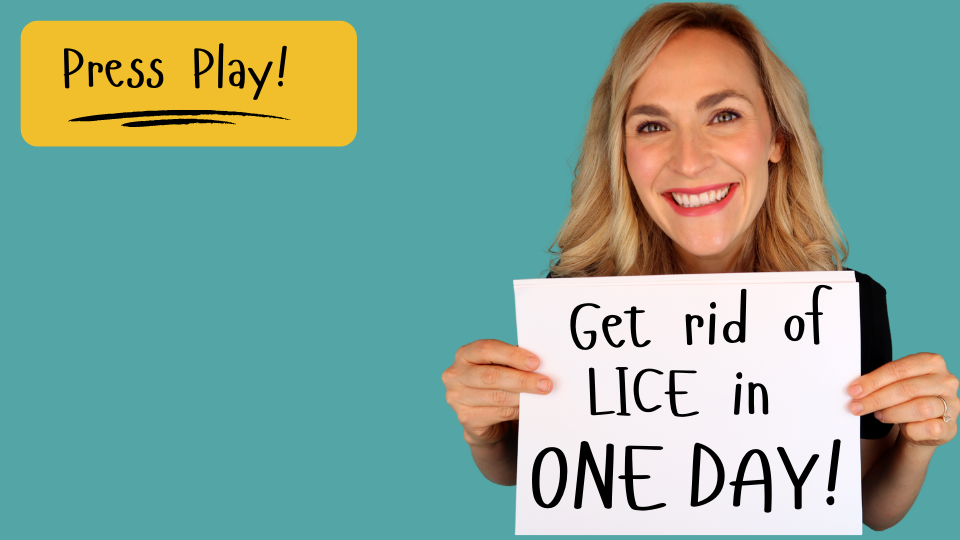
Nits- What they actually are...
What are nits? There are some that like to make things complicated when it comes to lice, whereas I like to keep things simple. Nits are lice eggs in the hair.
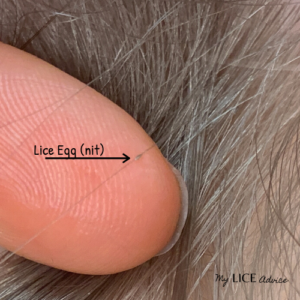
Head lice, like all other animals, have babies. Lice lay eggs in your hair and their "lice babies" grow inside of these eggs until they are mature enough to hatch. Lice are unique in that they glue their eggs directly to the hair so they cannot fall out. These lice eggs are called nits.
Nits (remember, the same as lice eggs) can be a variety of colors depending on the stage they are in. When the eggs are first laid they are yellowish, but as the "lice baby" in the egg gets closer to hatching the egg gets darker and darker. So, it's normal to find nits ranging in color from yellowish to dark brown.
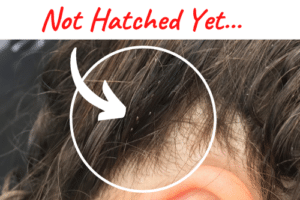
After the lice baby hatches out of the egg all you're left with is just a shell. This "shell" looks white in dark hair. These can be called nits as well. Here's a pic below.
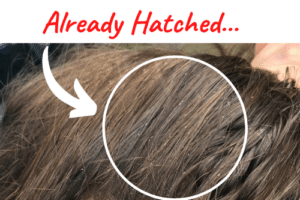
(P.S. You'll find that in different countries "nits" are "defined" as different things, but they're all talking about lice eggs, just in different stages).
Part 1:
Lice bugs
but no nits
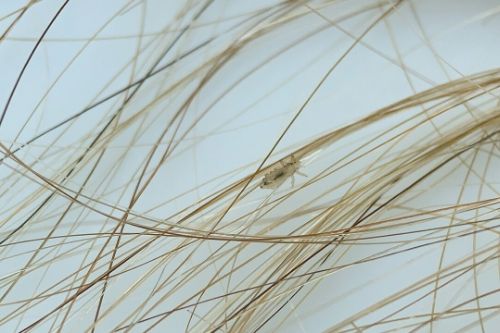
Reason #1-
Lice Eggs are Tiny
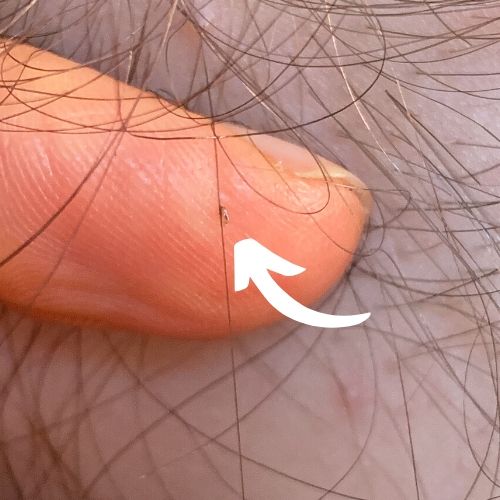
Female lice lay 6-10 lice eggs a day, so it’s pretty uncommon for there to not be any lice eggs in the hair. More common is that people just don’t see them. Lice eggs are tiny, the size of a poppyseed. Although people usually think that they are white, they typically blend in well with hair. They can be golden, dark brown, or translucent, depending on how close they are to hatching.
The best places to search for lice eggs are behind the ears, the nape of the neck, and the crown of the head. These places are called “hot spots” and are the places that lice like to lay their eggs the most.
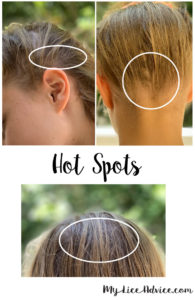
Reason #2-
Good Catch!!
It is possible to find only one or two lice in your child’s hair if she just caught it, and the bugs haven’t had enough time to lay their eggs. The chances of that being the case are pretty small because most people don’t have any symptoms like itching until they’ve had lice for at least a month. But, if you were lucky enough to catch lice that early, then count your blessings.
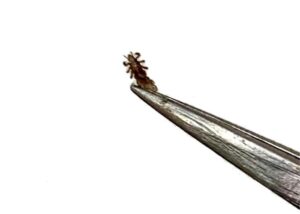
Reason #3-
Male Lice
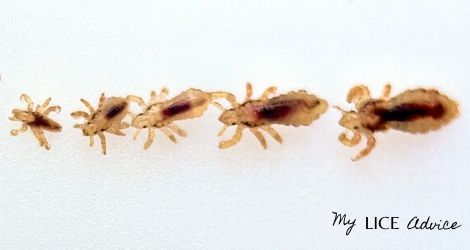
Only female lice lay eggs, not male lice. If the only bugs in the hair were male and not female, then that would explain why you wouldn't find any lice eggs. This is pretty rare, since it's usually female lice that spread from head to head.
What should you do if you find lice but no nits?
It's possible that you are only dealing with lice bugs, and that there aren't any lice eggs, but that's extremely unlikely. Much more common is that people just aren't seeing the lice eggs that are in the hair.
My Recommendations
#1- Check again!
As you've learned above lice eggs are tiny and they can blend in with the hair really well. Remember, they can be a variety of colors, not just white. It's more common to see lice eggs that are dark golden or brown. Sometimes they can be mistaken as dirt in the hair. The best places to check are the "hot spots" which are behind the ears, the nape of the neck, and the crown of the head. Here is a picture below of what you're looking for.
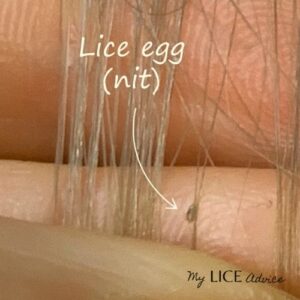
#2- Check everyone else in the house
Lice are very contagious within a family and it's often spread to siblings. Is it possible that one of your other children has lice and gave them to this child? Check all of the children in the house. If you need more detailed in instructions on how to check for head lice check out my How to Check for Lice Tutorial.
#3- Treat or not treat?
If you found multiple lice bugs then you have full-blown head lice, even if you're not seeing nits (lice eggs). If you find multiple lice bugs there are nits, trust me they are there. Most likely, the reason you're not seeing loads of nits is that you caught the infestation early on, which is a good thing.
Now when it comes to treatments my #1 piece of advice is that you learn how to get rid of lice the right way. Long gone are the days where you could just buy a lice kit at the store and get rid of lice. Lice have grown immune to those treatments, so if you go that route you're likely to struggle with lice for a very long time (like weeks or months). Instead, I'd recommend that you learn how to get rid of lice the right way, by checking out my step-by-step video system.
Now if you only found one single lice bug, and you're sure you're not finding any nits (lice eggs), then you don't necessarily need to treat. It's possible that your child just picked up head lice recently or it's possible that they only have one male lice bug that wasn't capable of laying eggs.
With that being said, I personally would still do the step-by-step video system because I'd rather go that route and be absolutely certain that lice are gone instead of "hoping" it wasn't an infestation. Lice bugs and lice eggs (nits) both are really difficult to see/find in the hair, and for me, it's not worth taking the chance of not doing a full treatment. But, if you'd rather wait and see then just make sure you check your kiddo every day for at least another week.

Part 2:
Nits! But no lice.
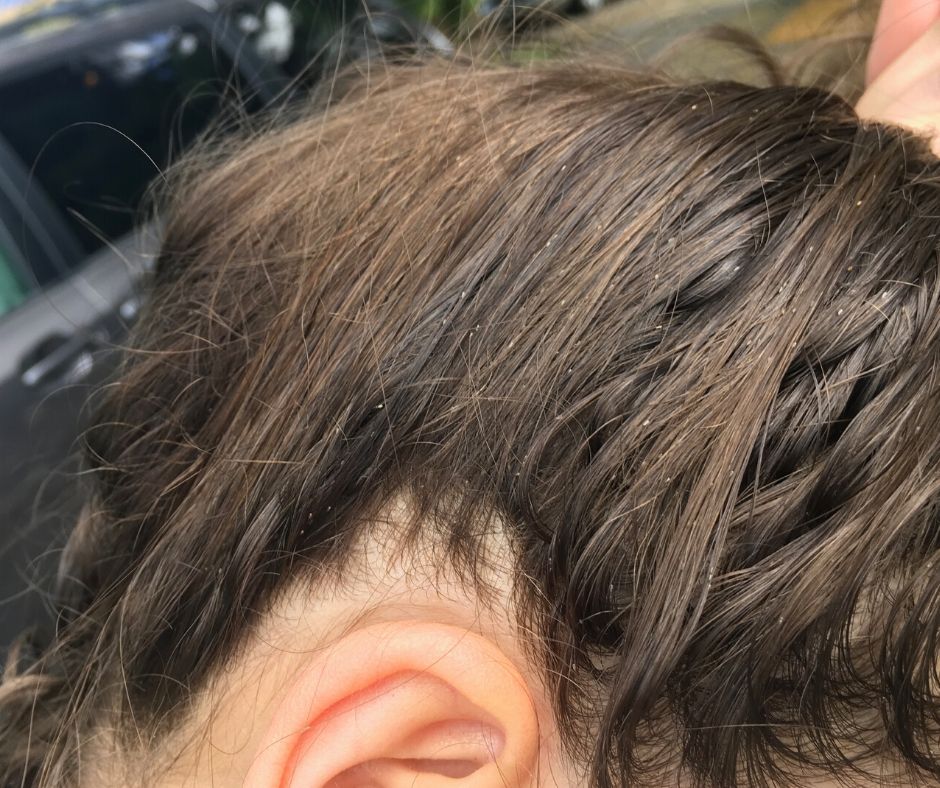
Can you have nits, but never have lice? Well, it goes back to that time-old question: “Which came first, the chicken or the egg?”
In the case of head lice, LICE bugs always come first. Lice eggs cannot just “fall” into hair, because they are glued to the hair strand by female lice when they lay them. The only way to have lice eggs in the hair is for a lice bug to have been in your hair at one time.
However, it is possible to have nits and not have lice bugs in the hair at this time. Here are the reasons below...
Reason #1-
Pseudonits or "Fake Nits"
Nits vs. Pseudonits
The most common reason to find nits in the hair and no lice is that what you are seeing are not lice eggs, it's pseudonits. It is EXTREMELY common, and it’s because there are a few very normal scalp conditions that look almost identical to nits in the hair. These scalp conditions are often called “pseudonits.” The word “pseudo” means “false” or “pretend.” So, the term “pseudonits” basically means “pretend nits.”
The most common of these conditions that are confused with lice eggs is DEC Plugs/Hair Casts.
DEC Plugs vs Nits
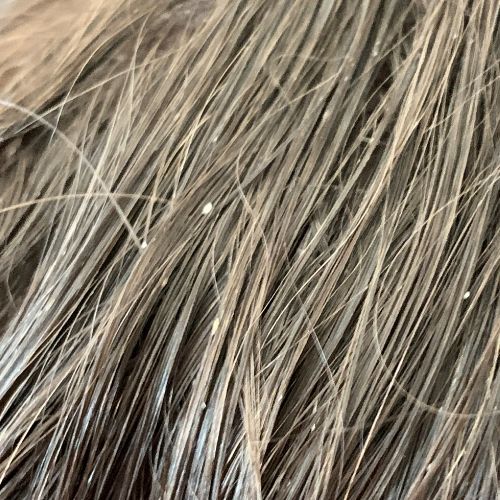
DEC Plugs are a form of dandruff that wraps around the hair and “stick” on one strand, but unlike nits, these move smoothly up and down the hair strand. DEC Plugs are commonly confused with lice eggs because they also seem to “stick” on the hair strand. The difference between DEC Plugs and nits, however, is that DEC Plugs quickly move up and down the strand of hair, but lice eggs do not move smoothly on the hair strand. Here’s a video of a DEC plug moving up and down the hair strand smoothly.
Hair Casts vs Nits
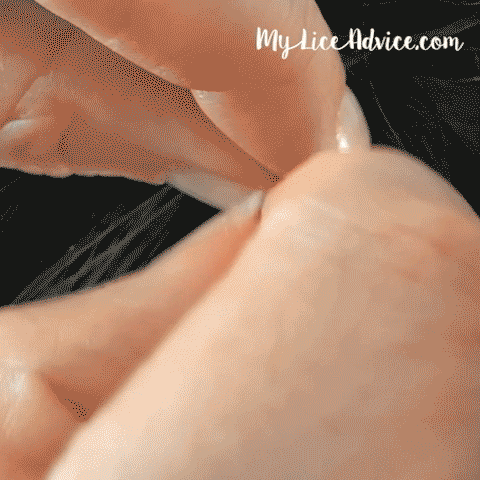
Hair casts are very similar to DEC plugs, except they are longer and cylindrical and wrap around the hair shaft. You can learn more about the difference between these types of hair conditions and lice eggs in the article Lice vs Dandruff- 7 Key Differences.
Reason #2-
Lice are Almost Invisible
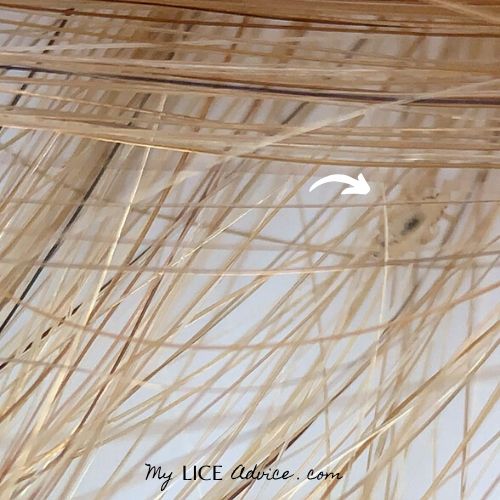
Although adult head lice are about the size of a sesame seed, baby lice (nymphs) are teeny tiny, about the size of the period at the end of this sentence. These newly hatch lice are almost invisible to the naked eye, even if you have excellent vision.
To make matters worse, when lice are first born, they are translucent and blend in with the hair. If you just do a look through the hair, the chances of you seeing one are extremely rare. Can you spot the bug in this picture?
Lice are experts at blending in, so you usually don’t find them until after you’ve killed them if you’ve used a lice treatment (be sure you’re using a super lice treatment, because most lice today don’t die with a regular lice treatment).
Reason #3-
Lice Came and Left
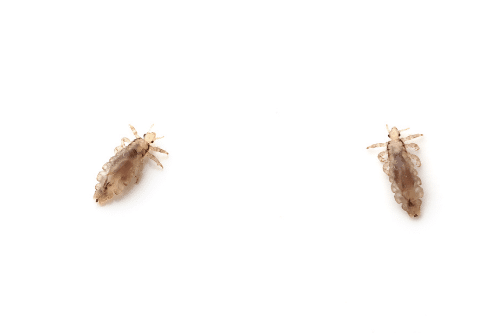
It is possible that a female louse came onto the head, laid a few eggs, and then left. Or, that she came, put a few eggs in the hair, and later died. This scenario isn’t typical, but it can happen.
Reason #4-
Unfertilized Eggs
Female lice lay somewhere between 6-10 lice eggs a day when they are old enough. They will lay these eggs regardless of if they get fertilized or not. Female lice only need to be fertilized by a male once to be fertile, but if a female bug ended up on your head without a male and never fertilized, then she can lay lots of lice eggs that’ll never hatch. This scenario is also rare but possible.
Unfortunately, there isn’t a way to tell which eggs will hatch and which ones won’t just by looking at them. The only way to know for sure is to wait and see if they hatch. I don’t know about you, but the “wait and see” option doesn’t sound like a good one to me.
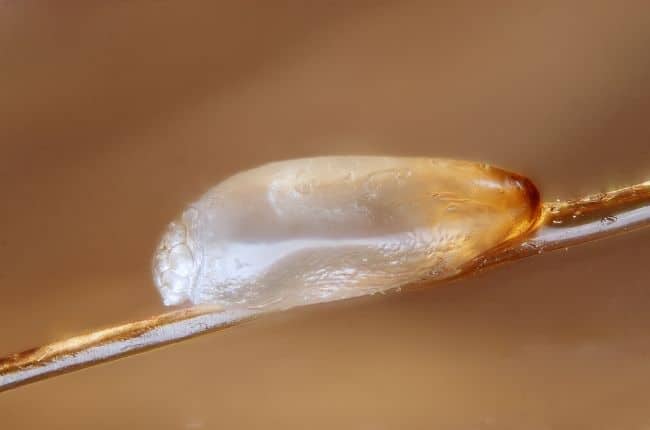
Reason #5-
Not Warm Enough
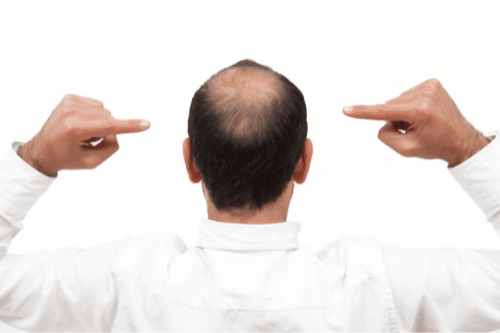
Lice eggs are laid very close to the scalp because the scalp keeps the eggs warm. It's essential that lice eggs are kept at a precise temperature to grow and hatch. If your scalp isn't warm enough then they won't hatch. I see this most commonly happen with older men or women that are balding and have very little hair. This is far less common for children. Even children with VERY short (shaved) hair, lice eggs still hatch.
Do Nits Always Hatch?
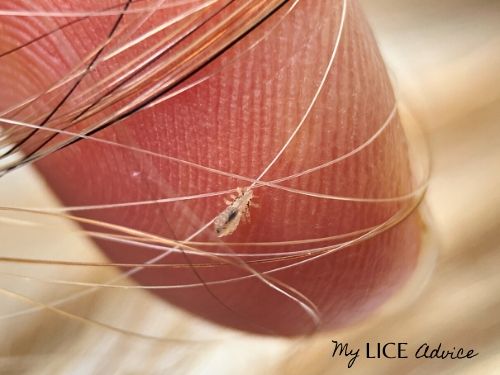
No, nits do not always hatch. Unfertilized eggs and others may have genetic or environmental reasons not to hatch. For me, finding nits in the hair means lice, and the chance of those nits hatching is too high to not do anything about it.
How Many Lice Eggs Usually Hatch?
For those with lice, the average amount of lice eggs that hatch is 87% (study). So if you're child has lice then the likelihood of the eggs in their hair hatching is VERY HIGH.
Nits, But No Lice, Treatment Plan
- First, figure out if what you're finding are actually lice eggs or a different skin condition. The two best articles to help you identify this are Lice vs Dandruff- 7 Key Difference and What Lice Eggs Look Like: 9 Tips to Spot Them
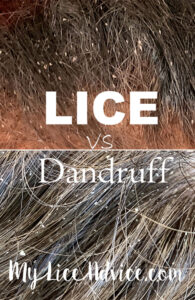
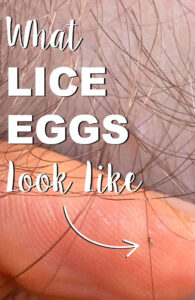
2. If what you are finding are lice eggs then the most likely answer is that your child has lice bugs as well, you're just not seeing them. And, if you don't have any lice bugs in your hair right now, you are likely to have them crawling around very soon because those eggs are going to HATCH. Either way, I'd recommend that you check out my step-by-step video system ASAP.

Summing it Up...
Yes, you can have head lice and not find any nits for all of the reasons I talk about above. And yes, you can find nits in your child's hair and not have any bugs. However, both of these things are pretty unlikely. Much, much more likely is that your child has both lice bugs and lice eggs (nits) in their hair, but you're not seeing them.
If you're unsure then my best piece of advice is to keep looking. If you're finding nits and no lice bugs then make sure that what you're finding are actually nits and not one of the scalp conditions commonly mistaken for head lice called pseudonits (see article and pictures above).
If you find that you do indeed have head lice then check out the Step-by-Step Video System which is guaranteed to get rid of lice in ONE DAY.

Theresa is a Registered Nurse and lice expert with years of experience curing children of lice. She owns a lice treatment center in the US which is where she perfected the Step-by-Step Video System proven to get rid of lice. She also works with government agencies and schools helping those with the worst head lice cases in America.
Her greatest passion is empowering parents by teaching parents online how to do a professional lice treatment on their child at home. She is the Lice Coach for the My Lice Advice Step-by-Step Video System.
